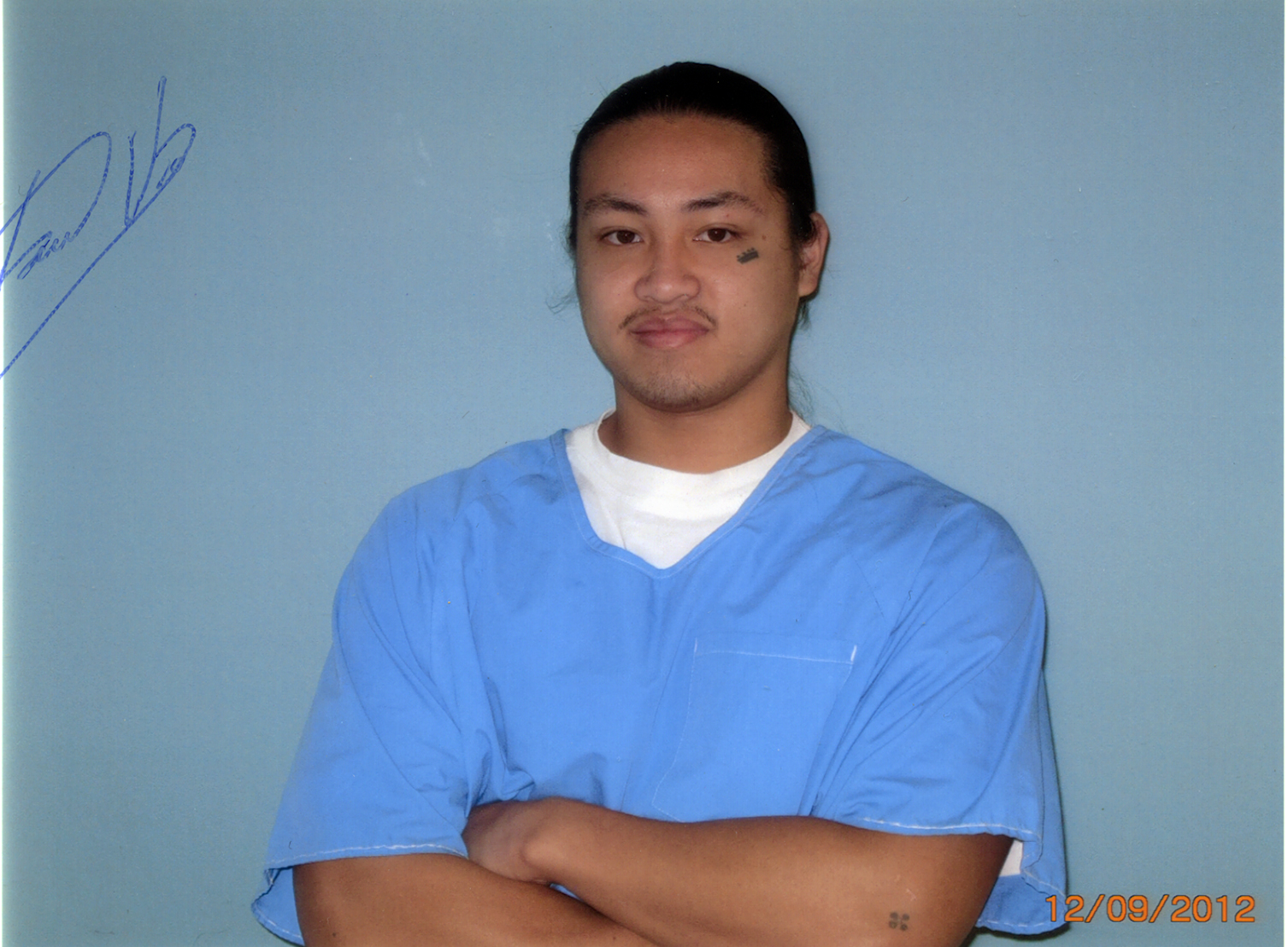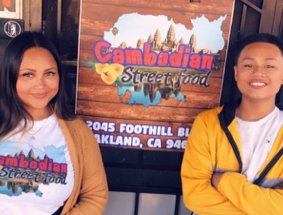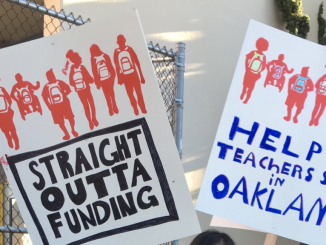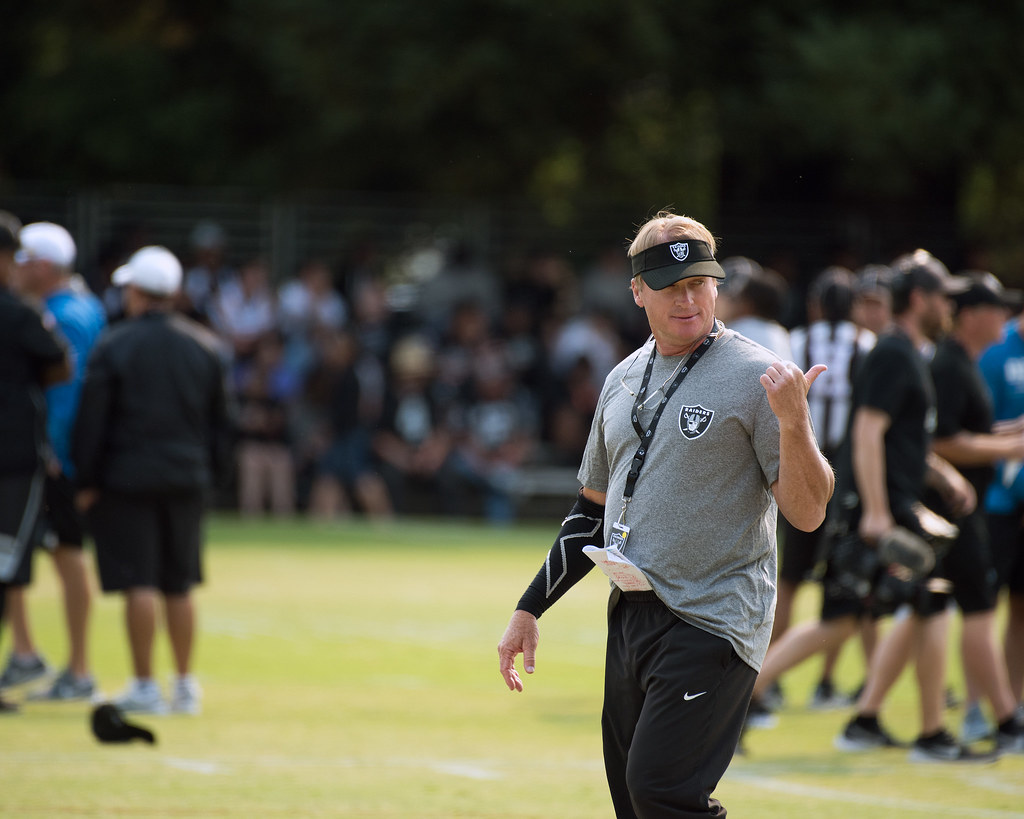
By Debora Gordon
Lam was, and perhaps still is, a young man with a lot of potential. He could have gone on to lead a life of commonplace trials and triumphs; having a family, a job or a career, exploring his personal interests in art and body-building. Maybe he would have been one of the exceptional people. Or maybe he would have led an ordinary, but reasonable life.
Somehow, he got drawn into a life of crime, attracted by its misleadingly easy money and a superficial popularity among an underclass of gangbangers. Although three or four shots were fired, only a single bullet changed the course of his lfe, and Alicia’s as well. We do not know if Alicia – who once aspired to work with troubled youth – might have had an opportunity to touch the lives of many.
I have never quite understood the attraction to crime. Some might say that those who get drawn into criminal activity have few other choices, but I would disagree to a large extent. Many in similar circumstances do not commit crimes, even when facing identical pressures and needs. Perhaps sometimes it seems like there is no other choice, or circumstances conspire to make it appear so, but so many still do not commit crimes, there is at least a certain degree of choice.
Violence has created an ongoing, free-floating anxiety, since it seems a bullet can come flying out of nowhere. No place is entirely safe. While I believe that a significant percentage of my students have shared that same sense of the omnipresent potential for violence, I think too often, their response to it is a much greater sense of cynicism coupled with a shell of hardness, carefully cultivated to keep out as much pain as possible by not allowing themselves to care. Ultimately, this leads to a lack of empathy and a sense of obligation to anyone else.
My plan for addressing the violence is not about more cops or longer sentences or shot spotters or criminalizing behaviors that are thought to lead to crime. I just do not believe you can arrest your way out of crime. I believe that the only way to stop violence, particularly gang-oriented, is to instill an internal locus of control. After all, the reason most of us refrain from committing violence is not because it is illegal, but because it is immoral. Our response is internally generated by a complex web of parenting, values, education, role models, belief systems and opportunities to make other choices, which act as a counterweight against challenges posed by life circumstances such as poverty, failing schools, and a social and political climate that glamorizes violence and the kind of power that comes out of the barrel of a gun.
Education, of course, plays a critical role in that complex web. The school district can and should play a critical role in violence prevention. I advocate a program that would involve every teacher and counselor from kindergarten through twelfth grade, every parent, every student, and the business community, arts community, and all spiritual and religious leaders. The district needs to provide professional development and curriculum for all teachers, and it needs to be on-going, frequently assessed and evaluated.
Starting with the first week of school, every teacher would focus at least part of their lesson every day, every period, on the subjects of violence, non-violence, and conflict resolution. Science teachers, for example, can teach about communities as ecosystems and what happens when part of the ecosystem is damaged. Math teachers can teach about statistics, such as what happens when a percentage of a population is killed off. The possibilities for English and History teachers are limitless, but I can see a connection in every subject from physical education to foreign language.
The teachers would then revisit the subject at least once a month, for at least part of one period or one day. Consistency is very important. Non-violence as an option is a message that must be constantly restated and re-taught.
Students at every grade level need age-appropriate instruction to understand what happens when a life is lost, or when a person is injured or wounded in act of violence. They need opportunities to discuss the violence that they have witnessed. Those who have committed violence also need a place to talk, without fear of judgment or punishment.
Aung San Suu Kyi, the great Burmese peace leader and Nobel Peace Prize winner, teaches the importance of listening to even those whose actions and ideas may seem abhorrent. It is essential to listen, to ask questions and to learn, if we are to really teach.
The district could then partner with the following groups in these ways:
- Bookstores: some years ago, in Chicago, there was a city-wide effort to have as many people as possible read “To Kill a Mockingbird.” I could see various readings on the subjects of peace, violence, non-violence and historical events related to these things, being promoted here in Oakland, and bookstores could offer the books free or at substantial discounts to anyone willing to come to a reading group, led by interested teachers, parents, and other community members. There could be a range of readings, so younger readers could also participate. Obviously, some of these reading/discussion groups could be virtual; texts could be made available online, and for iPads, Nooks, Kindles and other tablets, and, of course, online book clubs.
- Film: movie theaters, especially the Grand Lake and the New Parkway, would doubtless be willing to show films that relate to the promotion of discussion of non-violence, and again, there could be discussion groups, perhaps online.
- Community Boards: could give free or low-cost sessions in how to resolve neighborhood conflicts, how to train parents and other community members to help children and adults who need more support.
- Music: Students with an interest in music can take a lead role in organizing rap, hip hop and other spoken word artists to perform at block parties and elsewhere to promote non-violence.
- Museums: the Oakland museum and other smaller art venues could have on-going educational exhibits on related artwork.
- Parents: workshops need to be provided to help parents:
- Be good role models
- Learn how to unintentionally avoid teaching violent behavior
- Learn how to recognize the early signs of gang memberships
- With strategies to help them with children who are already involved in violence
- Cope with the stresses of parenthood
- Block Parties for Peace: quarterly (or more frequent) gatherings in the roughest neighborhood, working with leaders culled from those areas, where the neighborhoods come together (as a “village”) to provide more supervision and mutual protection for the children and each other.
- Community Policing: working with police to create Neighborhood Watch groups.
- Marches and Rallies for Peace; Radio, TV, etc.: There have recently been several community movements, such as Silence the Violence. I believe that message of peace and non-violence must be everywhere a person turns: radio, television, movies, performances, the Internet, in every class, discussed at home, discussed at work.
- Other community events can be Peace and Non-Violence Festivals; student poetry and hip/hop rap slams with peace and non-violence as the theme, testimonials from those who have lost loved ones to violence, those who have survived acts of violence, those who have committed acts of violence but now renounce those acts.
- Build a memorial, maybe in Frank Ogawa Plaza, to those who have died as a result of violence in Oakland.
- Newspapers feature stories on student leadership for peace
- School District can have a “Peace Blog” or other community forum on its website
This is only meant to be a preliminary brainstorm of ideas. But I do feel that a very comprehensive approach, involving everyone in the community, is the only way to end the violence. All of our children are at-risk, and if our children are at risk, then we are all at risk. After all, they are the inheritors of the world.
Debora Gordon is a writer, artist, educator and non-violence activist. She has been living in Oakland since 1991, moving here to become a teacher in the Oakland Unified School District. In all of these roles, Debora is interested in developing a life of the mind. “As a mere human living in these simultaneously thrilling and troubled times,” Debora says, “I try to tread lightly, live thoughtfully, teach peace, and not take myself too seriously.”




Be the first to comment